Top Gaming Monitors for All Gamers
A gaming monitor is essential to fully appreciate the stunning graphics and fast refresh rates that your gaming PC can deliver. Investing in a powerful rig with a top-tier graphics card and CPU is only worthwhile if your monitor can showcase its capabilities. That's why we've selected the best gaming monitors that offer crisp visuals and excellent motion fidelity, ensuring you can enjoy your favorite PC games as intended.
TL;DR – These Are the Best Gaming Monitors:
 Our Top Pick### Gigabyte FO32U2 Pro
Our Top Pick### Gigabyte FO32U2 Pro
6See it at AmazonSee it at Newegg ### AOC Q27G3XMN Mini-LED Gaming Monitor
### AOC Q27G3XMN Mini-LED Gaming Monitor
2See it at Amazon ### Acer Predator X34 OLED
### Acer Predator X34 OLED
0See it at AmazonSee it at B&H  ### Dell Alienware AW2725Q
### Dell Alienware AW2725Q
1See it at Dell ### Asus ROG Swift PG27AQDP
### Asus ROG Swift PG27AQDP
0See it at Newegg ### Asus TUF Gaming VG279QM
### Asus TUF Gaming VG279QM
1See it at AmazonWhen selecting a gaming monitor, it's crucial to ensure its specifications align with your PC's capabilities. For example, using one of the best 4K monitors with a GeForce RTX 4060 might result in unplayable games at that resolution. Conversely, pairing a Radeon RX 7900 XTX with a 1080p display could be underutilizing your hardware. The best gaming monitors enhance your rig's performance by offering excellent picture quality, quick response times, and a variety of gaming features. High refresh rates ensure smooth gameplay, which can be critical in competitive scenarios.
Whether you're looking for a high-end monitor with a sharp 4K display, an OLED panel, and a 240Hz refresh rate—like our top pick, the Gigabyte FO32U2 Pro—or a budget-friendly option that still delivers a great gaming experience, we have options to suit various needs. All our recommended monitors have been thoroughly tested and reviewed by experts to ensure they meet the highest standards.
Looking for savings? Be sure to check out the best gaming monitor deals happening right now.
Gigabyte Aorus FO32U2 Pro – Photos
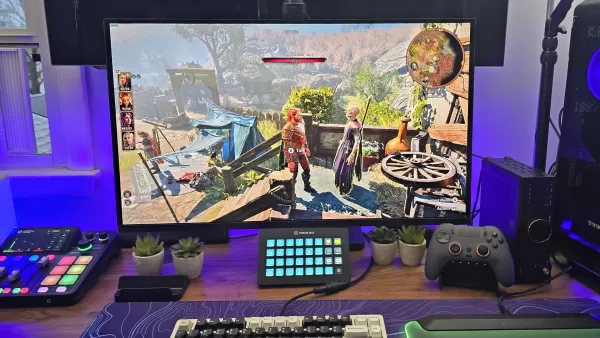
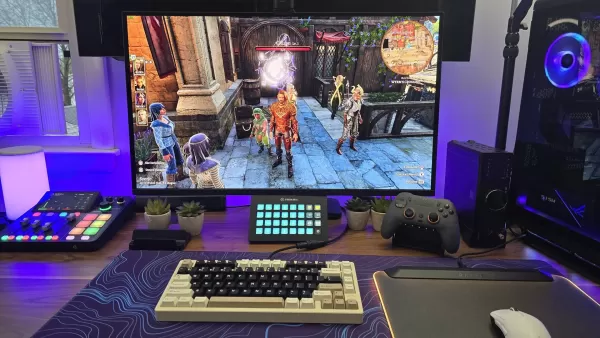 13 Images
13 Images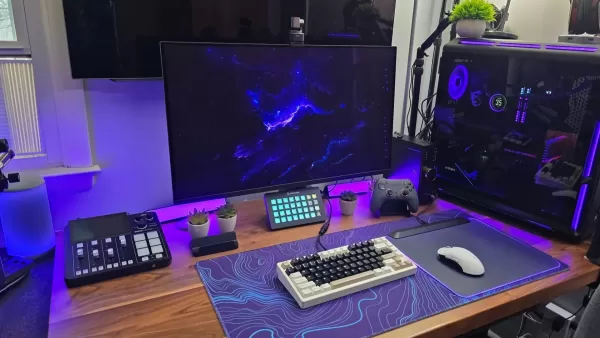


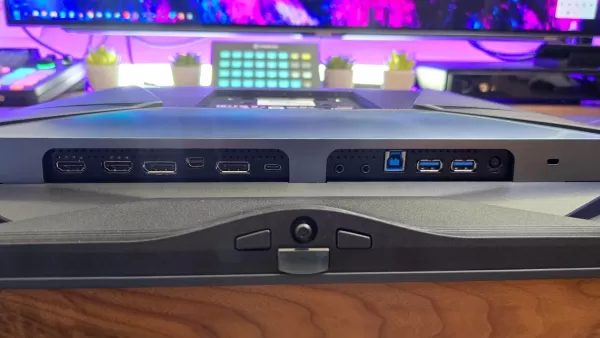 1. Gigabyte FO32U2 Pro
1. Gigabyte FO32U2 Pro
Best Gaming Monitor
 Our Top Pick### Gigabyte FO32U2 Pro
Our Top Pick### Gigabyte FO32U2 Pro
6This stunning monitor delivers on all fronts thanks to its wealth of features and OLED panelSee it at AmazonSee it at NeweggProduct SpecificationsScreen size31.5"Aspect ratio16:9Resolution3840x2160Panel typeOLEDHDR compatibilityHDR TrueBlack 400Brightness1,000 nitsRefresh rate240HzResponse time0.03msInputs2 x HDMI 2.1, 1 x DisplayPort 1.4PROSOutstanding picture qualityExtremely thin panelCONSExpensiveIf you're seeking proof that OLED is becoming the standard for the best gaming monitors, look no further than the Gigabyte FO32U2 Pro. This 32-inch 4K monitor boasts an extremely thin panel and one of the brightest displays I've encountered. While it's on the pricier side, the investment is justified by the exceptional quality it offers.
This monitor is also future-proof, supporting a 240Hz refresh rate that surpasses current graphics card capabilities. With DisplayPort 2.1 technology, it's ready for future upgrades, ensuring longevity. The OLED panel delivers color accuracy up to 99% of the DCI-P3 color gamut, combined with a peak brightness of 1,000 nits and a contrast ratio of 1.5M:1, making your games, movies, and desktop visuals truly pop.
Additionally, it offers quality-of-life features such as picture-in-picture and an automatic black equalizer. The Gigabyte Control Center allows for easy adjustments via a USB connection, making it a dream gaming monitor that's worth every penny.
 2. AOC Q27G3XMN Mini-LED
2. AOC Q27G3XMN Mini-LED
Best Budget Gaming Monitor
 ### AOCQ27G3XMN Mini-LED Gaming Monitor
### AOCQ27G3XMN Mini-LED Gaming Monitor
0QHD, 1440p, a high refresh rate, and a mini-LED backlight for true HDR?! Scoop up this monitor while the price is still low!See it at AmazonProduct SpecificationsScreen size27"Aspect ratio16:9Resolution2560x1440Panel typeVAHDR compatibilityHDR1000Brightness1,000 nitsRefresh rate180HzResponse time1ms (GTG)Inputs1 x DisplayPort 1.4, 2 x HDMI 2.0, 1 x 3.5mm AudioPROSMini-LED backlight technologyHigh refresh rate for improved responsiveness and decreased motion blurPeak brightness of 1,000 nits for true HDRCONSNo USB connectivityLimited local dimming zonesThe AOC Q27G3XMN Gaming Monitor offers a true HDR experience at a budget-friendly price. Its mini-LED backlight enhances localized brightness and contrast up to 1,000 nits, providing a full HDR experience without the usual compromises.
Featuring a VA panel, it maintains improved contrast even without local dimming. With 336 local dimming zones, it excels at pinpointing shadows and blacks. Although it's more affordable, the 27-inch frame and 1440p resolution ensure crisp visuals and smooth gameplay. While it lacks built-in speakers and a USB hub, the value it offers is undeniable.
A trade-off for the lower price is the number of local dimming zones. Although 336 zones sound substantial, high-end mini-LED monitors often have over 1,100. This can lead to noticeable blooming, but many users adapt to it over time. Despite this, the AOC Q27G3XMN remains a standout choice for those seeking impressive visuals at a competitive price.
 3. Acer Predator X34 OLED
3. Acer Predator X34 OLED
Best Ultrawide Gaming Monitor
 ### Acer Predator X34 OLED
### Acer Predator X34 OLED
0On top of its spacious 34-inch 21:9 display, Acer's Predator X34 OLED checks every box you would hope for from a flagship gaming monitor. See it at AmazonSee it at B&H Product SpecificationsScreen size34Aspect ratio21:9Resolution3440x1440Panel typeOLEDHDR compatibilityVESA DisplayHDR True Black 400Brightness1,300 cd/m2 (peak)Refresh rate240HzResponse time0.03msInputs2 x HDMI 2.1, 1 x DisplayPort 1.4, 2 x USB 3.2 Gen 2 Type-CPROSDeep blacks and bright highlightsRich, engaging colorsExcellent refresh rate and response timeOffers an immersive gaming experience CONSDeep curvature isn't for everyoneOnly reference preset is DCI-P3, not sRGBThe Acer Predator X34 OLED is my top pick for an ultrawide gaming monitor in 2025. Its 34-inch 21:9 display, combined with its bright, fast, and immersive qualities, makes it a top choice for gamers seeking an unparalleled experience.
This monitor features a deeply curved 800R OLED display, which enhances immersion by enveloping your peripheral vision. While the deep curve is excellent for gaming, it may take some getting used to for productivity due to slight text warping. With a 0.03ms response time and a 240Hz refresh rate, it offers near-instantaneous responsiveness and virtually non-existent input latency.
The OLED panel ensures vibrant colors and deep blacks, with a peak brightness of 1,300 nits for lifelike highlights. However, it lacks an sRGB mode for content creation, though it does include a DCI-P3 mode for professional use.
Alienware AW2725Q - Photos
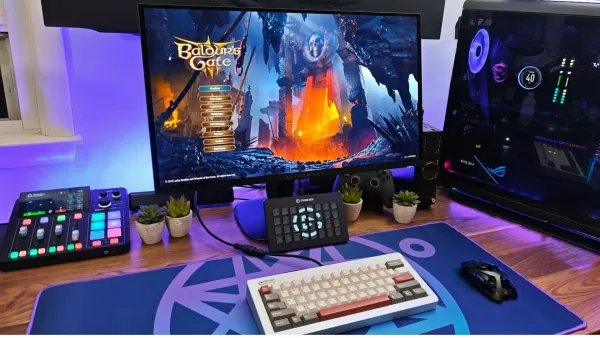
 15 Images
15 Images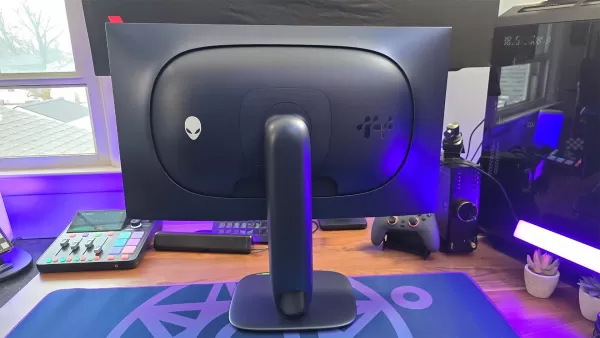
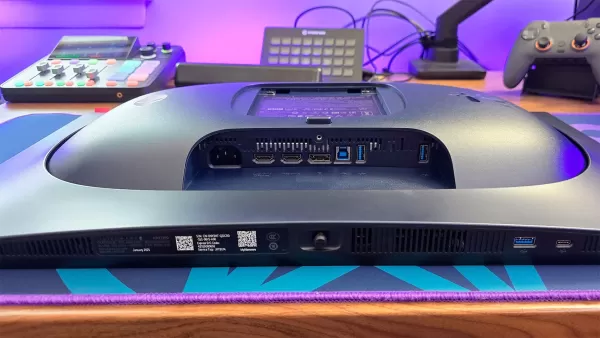
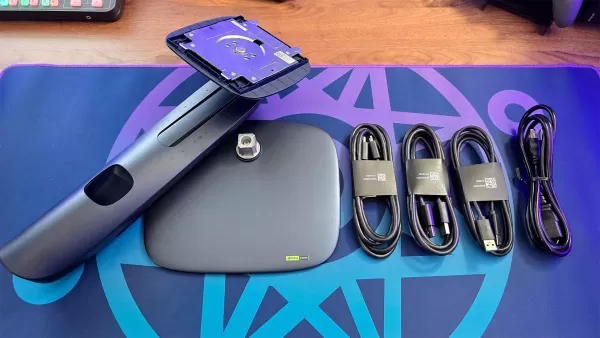
 4. Dell Alienware AW2725Q
4. Dell Alienware AW2725Q
Best 4K Gaming Monitor
 ### Dell Alienware AW2725Q
### Dell Alienware AW2725Q
1Dell's Alienware AW2725Q manages to feel like a good value among high-end gaming monitors. Its support for Dolby Vision and console-friendly design make it a great choice for those who like to jump between platforms.See it at DellProduct SpecificationsScreen size26.7"Aspect ratio16:9Resolution3840x2160Panel typeQD-OLEDHDR compatibilityVESA DisplayHDR True Black 400Brightness1,000 nitsRefresh rate240HzResponse time0.03msInputs2 x HDMI 2.1, 1 x DisplayPort 1.4, 3 x USB 3.2 Gen 1 Type-A, 1 x USB 3.2 Gen 1 Type-CPROSGorgeous picture with high PPI for improved clarityImpressive color accuracy right out of the boxGood value for what it offersCONSLow SDR brightnessLacks DisplayPort 2.1The Dell Alienware AW2725Q stands out as a top-tier 4K gaming monitor, offering stunning visuals and performance. It features a QD-OLED panel and a 240Hz refresh rate, an upgrade from its predecessor. Its sleek, sci-fi-inspired design enhances its appeal and fits well with various gaming setups.
With a high pixel density of 166PPI, the 27-inch screen ensures crisp, clear details. The OLED panel delivers outstanding colors and supports VESA DisplayHDR True Black 400 and Dolby Vision HDR for an exceptional visual experience. It comes well-calibrated out of the box, offering various preset modes for both SDR and HDR.
While its SDR brightness may not be ideal for bright environments, its HDR brightness can reach 1,000 nits for vivid highlights. The 0.03ms response time, combined with the 240Hz refresh rate, makes it ideal for esports and competitive gaming. However, it only supports DisplayPort 1.4, requiring Display Stream Compression for full resolution and refresh rate, which is visually lossless but may cause a brief black screen when alt-tabbing.
At its launch price of $899, it represents solid value and is expected to become more affordable over time.
Asus ROG Swift OLED PG27AQDP – Photos
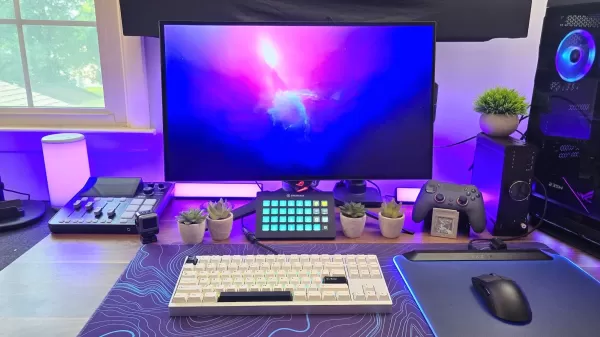
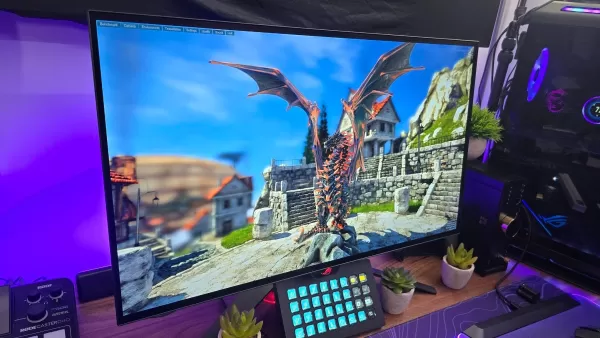 19 Images
19 Images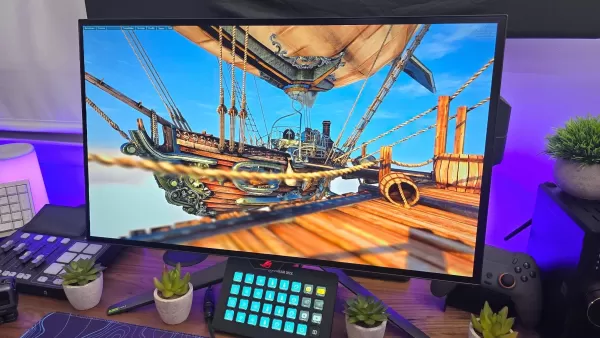
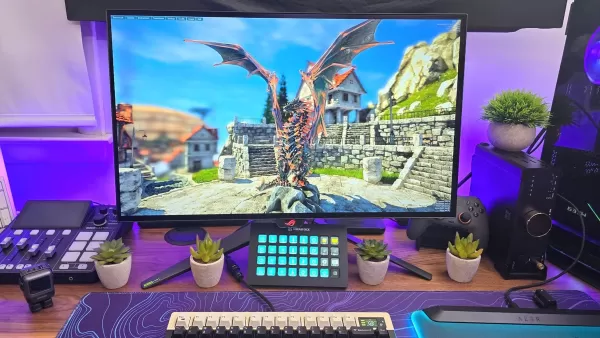
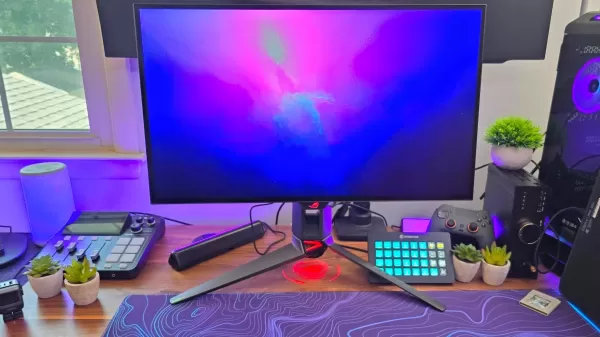
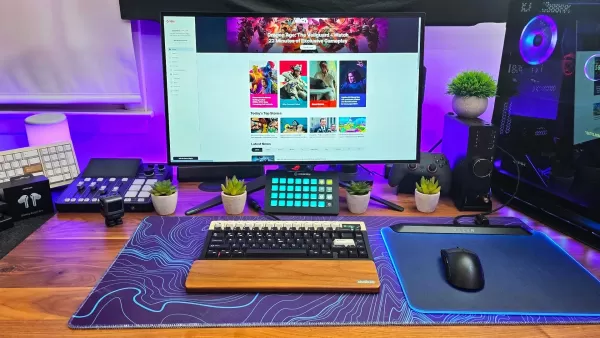 5. Asus ROG Swift PG27AQDP
5. Asus ROG Swift PG27AQDP
Best 1440p Gaming Monitor
 ### Asus ROG Swift PG27AQDP
### Asus ROG Swift PG27AQDP
0The Asus ROG Swift PG27AQDP is a killer gaming monitor that checks all of the boxes a competitive gamer could want.See it at NeweggProduct SpecificationsScreen size26.5Aspect ratio16:9Resolution2560 x 1440Panel typeOLED FreeSync Premium, G-Sync CompatibleHDRVESA DisplayHDR True Black Brightness1,300 cd/m2 (peak)Refresh rate480HzResponse time 0.03msInputs2 x HDMI 2.1, 1 x DisplayPort 1.4, 2 x USB 3.2 Gen 2 Type-A, HeadphonesPROSPerfectly sized for 1440pCan get exceptionally bright and infinitely dark for great HDRNative 480Hz refresh rateOut of the box color accuracyCONSFew games, outside of esports, will ever hit 480HzThe Asus ROG Swift PG27AQDP is the ultimate 1440p monitor for esports and general gaming. Priced competitively, it offers exceptional HDR performance and out-of-the-box color accuracy, making it one of the best displays I've tested.
Its standout feature is the native 480Hz refresh rate, nearly the highest available today, offering unparalleled motion clarity without sacrificing image quality. The WOLED panel delivers rich colors and infinite contrast, enhancing the visual experience for games, movies, and multimedia content.
With a 0.03ms response time, it virtually eliminates motion blur, making it ideal for fast-paced gaming. It also includes comprehensive OLED protection features, such as pixel shifting, pixel refresh cycles, and dynamic dimming to prevent image retention. Additionally, a high-performance cooling system reduces the risk of burn-in, and Asus offers a three-year warranty with burn-in coverage.
While it lacks KVM or USB video input, the Asus ROG Swift PG27AQDP remains a top choice for gamers seeking top-tier performance.
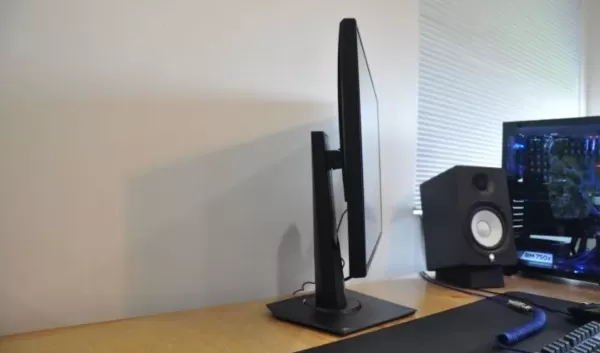 Adjustable stand on the Asus TUF Gaming VG279QM6. Asus TUF Gaming VG279QM
Adjustable stand on the Asus TUF Gaming VG279QM6. Asus TUF Gaming VG279QM
Best 1080p Gaming Monitor
 ### Asus TUF Gaming VG279QM
### Asus TUF Gaming VG279QM
1A 27-inch Full HD display with an overclockable 240Hz refresh rate, low input lag, and adaptive sync for smooth action.See it at AmazonProduct SpecificationsScreen size27"Aspect ratio16:9Resolution1,920 x 1,080Panel typeIPS FreeSync, G-Sync compatibleBrightness400cd/m2Refresh rate240Hz, 280Hz (OC)Response time1ms (GtG)Inputs2 x HDMI 2.0, 1 x DisplayPort 1.2PROSBudget priceExcellent motion handlingCONSSome pixel peeping1080p monitors still hold their ground in gaming, especially when considering budget constraints. The Asus TUF Gaming VG279QM exemplifies this, offering an overclockable 240Hz refresh rate, a 1ms response time, and low input lag for seamless gameplay, all under $300. It supports FreeSync and is G-Sync compatible, ensuring tear-free visuals.
The 27-inch screen size is suitable for 1080p, though some pixel peeping may occur. Its IPS panel provides good viewing angles and color reproduction, with a 400-nit brightness suitable for brighter environments. While it's DisplayHDR 400 certified, the lack of local dimming means HDR performance is limited.
Additional features include a height-adjustable stand and multiple connectivity options. It's a great value for gamers looking to maximize performance without breaking the bank.
AnswerSee Results How to Choose a Gaming MonitorWhen choosing a gaming monitor, consider four key factors: screen size, resolution, panel type, and aspect ratio. We'll also cover technical aspects like refresh rate and variable refresh rate technology to help you make an informed decision.
Screen size: The first decision is often "How big?" This depends on your space and needs. For 1080p, up to 27 inches works well. For 1440p, 27 to 32 inches is optimal, and for 4K, 32 inches is suitable for a typical desk setup, with larger options available for greater viewing distances.
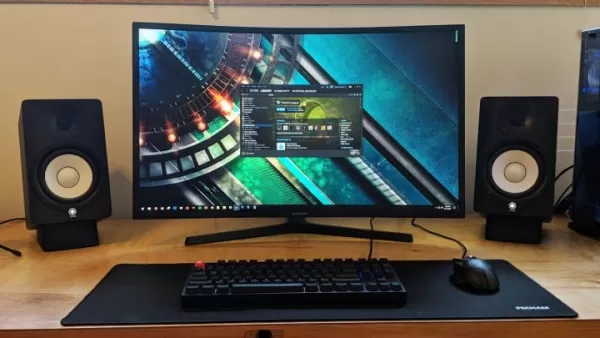 Aspect ratio: The aspect ratio influences the monitor's shape. Most monitors are 16:9, while ultrawide monitors often use 21:9, and some even feature 32:9 for an even wider view.
Aspect ratio: The aspect ratio influences the monitor's shape. Most monitors are 16:9, while ultrawide monitors often use 21:9, and some even feature 32:9 for an even wider view.
Screen resolution: This determines the monitor's sharpness. Options include Full HD (1920x1080), Quad HD (2560x1440), and Ultra HD or 4K (3840x2160). Higher resolutions require more powerful graphics cards to maintain high frame rates.
Panel type: Different panel types offer unique benefits. Avoid TN panels, as they are outdated. IPS panels excel in color accuracy and viewing angles, while VA panels offer better contrast but may suffer from ghosting. Mini-LED backlighting provides improved brightness and contrast but can cause blooming. OLED panels offer the best contrast and HDR, though they can be susceptible to burn-in.
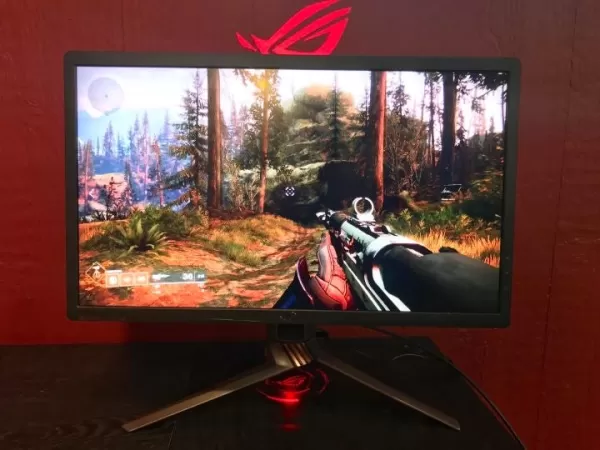 Response time: For competitive gaming, a 1ms response time is ideal. Most games can be played comfortably on displays with 3-5ms response times, with OLED panels offering the fastest at around 0.03ms.
Response time: For competitive gaming, a 1ms response time is ideal. Most games can be played comfortably on displays with 3-5ms response times, with OLED panels offering the fastest at around 0.03ms.
Refresh rate: Higher refresh rates result in smoother gameplay. Standard is 60Hz, but many gaming monitors offer 120Hz, 144Hz, 240Hz, or even up to 500Hz. Higher refresh rates are particularly beneficial in competitive games.
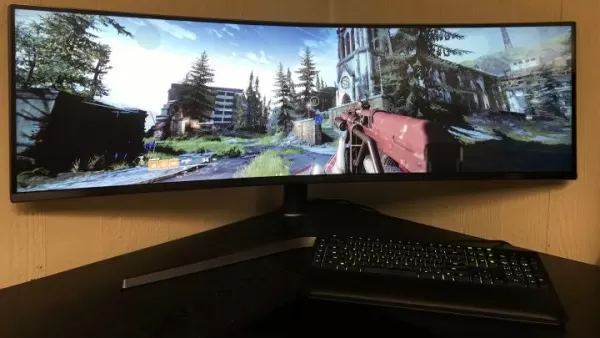 G-Sync vs FreeSync: Variable refresh rate (VRR) technology synchronizes the monitor's refresh rate with the GPU's frame rate, preventing screen tearing. Nvidia G-Sync and AMD FreeSync are the two main types, each requiring compatible graphics cards. G-Sync offers tiers like G-Sync Compatible, G-Sync, and G-Sync Ultimate, while FreeSync includes FreeSync, FreeSync Premium, and FreeSync Premium Pro.
G-Sync vs FreeSync: Variable refresh rate (VRR) technology synchronizes the monitor's refresh rate with the GPU's frame rate, preventing screen tearing. Nvidia G-Sync and AMD FreeSync are the two main types, each requiring compatible graphics cards. G-Sync offers tiers like G-Sync Compatible, G-Sync, and G-Sync Ultimate, while FreeSync includes FreeSync, FreeSync Premium, and FreeSync Premium Pro.
Ensure your graphics card can handle the monitor's resolution and refresh rate to avoid underutilizing your display.
Gaming Monitor vs. Gaming TV: Which Is Best for You?
Choosing between a gaming monitor and a gaming TV depends on your preferences and gaming style. Gaming TVs offer larger screens and excellent brightness, contrast, and color, often at a lower cost for comparable features. However, gaming monitors typically provide lower input lag, higher refresh rates, and better pixel response times.
Monitors often offer better value, with budget-friendly options providing high refresh rates and adaptive sync. TVs may lack essential gaming features and have limited gaming performance, though they excel in size, making them suitable for couch gaming or larger displays. Consider your viewing distance and the monitor's size to ensure an immersive experience without discomfort.
Gaming Monitor FAQ
What's the difference between Nvidia G-Sync and AMD FreeSync?
Both technologies use VRR to synchronize the monitor's refresh rate with the frame rate of your gaming device. They follow the VESA Adaptive-Sync standard, allowing most FreeSync displays to work with G-Sync, and vice versa. Nvidia offers G-Sync Compatible, G-Sync, and G-Sync Ultimate tiers, while AMD provides FreeSync, FreeSync Premium, and FreeSync Premium Pro.
What’s the best resolution for a gaming monitor?
The ideal resolution depends on your needs. 1080p is budget-friendly and supports high refresh rates. 4K offers the sharpest visuals but requires powerful hardware. 1440p strikes a balance between resolution and performance, suitable for competitive gaming with mid-range or better graphics cards.
Is HDR worth it?
HDR enhances color, brightness, and contrast, providing a more immersive experience. True HDR requires at least 1000 nits of peak brightness, though monitors with 600 nits can still offer improved visuals. OLED and Mini-LED panels deliver the best HDR performance, while many monitors claiming HDR support may only be HDR compatible.
When is the best time to get a gaming monitor?
Gaming monitors can be expensive, so look for deals during major sales events like Amazon Prime Day, Black Friday, and Cyber Monday. Additionally, when new monitor models are released, previous models often go on sale, providing an opportunity to save money.
























![Salvation in Nightmare [v0.4.4]](https://imgs.21qcq.com/uploads/36/1719555347667e551321c26.jpg)




